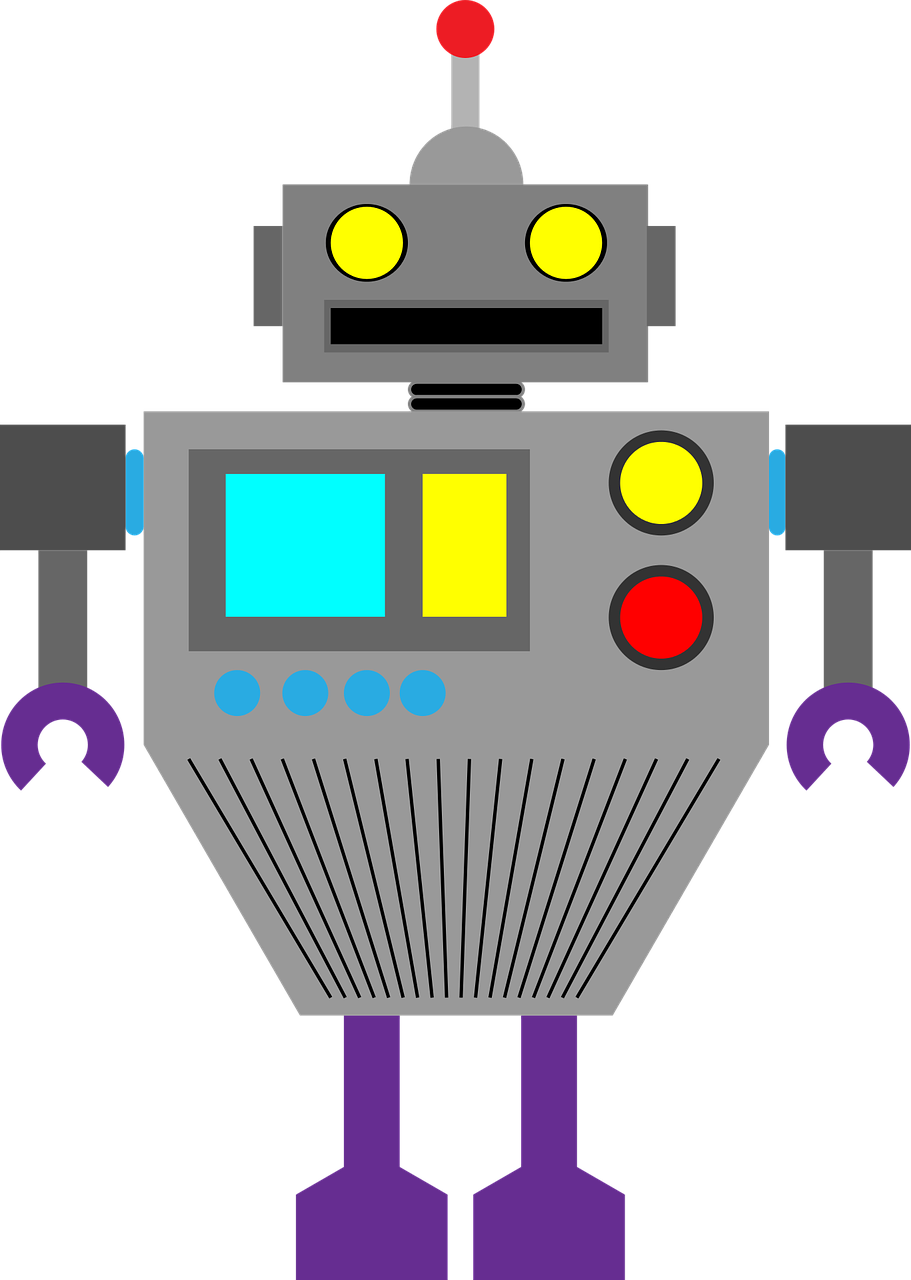Will a robot squeeze you out of a job?

Doing something monotonous jobs all day, like picking? Then maybe.
Do your customers not want to pay for non-value added work like moving material from here to there? Then maybe.
Do you worry about jobs that may cause OSHA injuries from repetitive work that has low or no value added in the customer’s eyes? Then maybe.
Since the problems listed above are only part of a person’s job, it sounds as if robots may work alongside people instead of replacing people. You do the value add work, the robot does the necessary, but non-value added work.
Ok, this is sounding better.
But where to place collaborative robot (co-bot) to enable customer value add?
Tougher question Never fear. You and your SCOR framework are ready to leap into action.
Step-by-step you:
- Determine what the customer group at the end of your supply chain values (performance attributes: cost, reliability, responsiveness, agility, asset management)
- Align the processes to deliver performance on the attribute chosen
- Figure out where the gaps are in your performance according to your customer requirements and your strategic plan (these should be closely aligned)
- Fill gaps to provide the value. If you can provide customer value AND company benefit using a co-bot set up, go for it. This supports your Lean and TOC initiatives to eliminate waste and improve throughput 5) Monitor and control the performance further using supporting SCOR metrics
- Repeat to enhance your other supply chains
Congratulations! You’ve just added huge competitive value to your company. You achieved alignment to the customer requirements. The end customer benefits from the value you provided. You get leaner. You have more throughput. You get a safer more cost effective work environment. And, your people get to add value, not just work a job.
Of course, if you don’t get the first step correct, none of the benefits are realized.
So back to the co-robots…
Did you know that collaborative robotic sales are increasing steadily?
The technology is here and possibly being used by your competitors. Just take a look at Amazon’s videos on the use of their Kiva robots. Or read this MEP article on collaborative robot use.
Are you ready to answer your competitor’s challenge?
Are you ready to provide more, better, targeted customer value?
And don’t forget the people who will be no longer picking or doing those monotonous jobs – have you targeted where in your organization their talents and skills can be best used? SCOR quickly targets where your most valuable assets, your people, will bring you the most competitive value.
Key words and concepts: supply chain, supply chain management, change, SCOR, co-bots, people, collaborative robotics, competitive value, value, transformation, processes, results, performance, business transformation, metrics, strategy, customer service
About the author: Cynthia Kalina-Kaminsky with Process & Strategy consults with and provides training for organizations eager to increase their competitive value by helping enable growth, align performance, make and move product (even when the product is electrons). She is teaching SCOR (Supply Chain Operations Reference model) in Baton Rouge this October. SCOR is the framework Fortune 500 companies use to increase their performance.
Comments